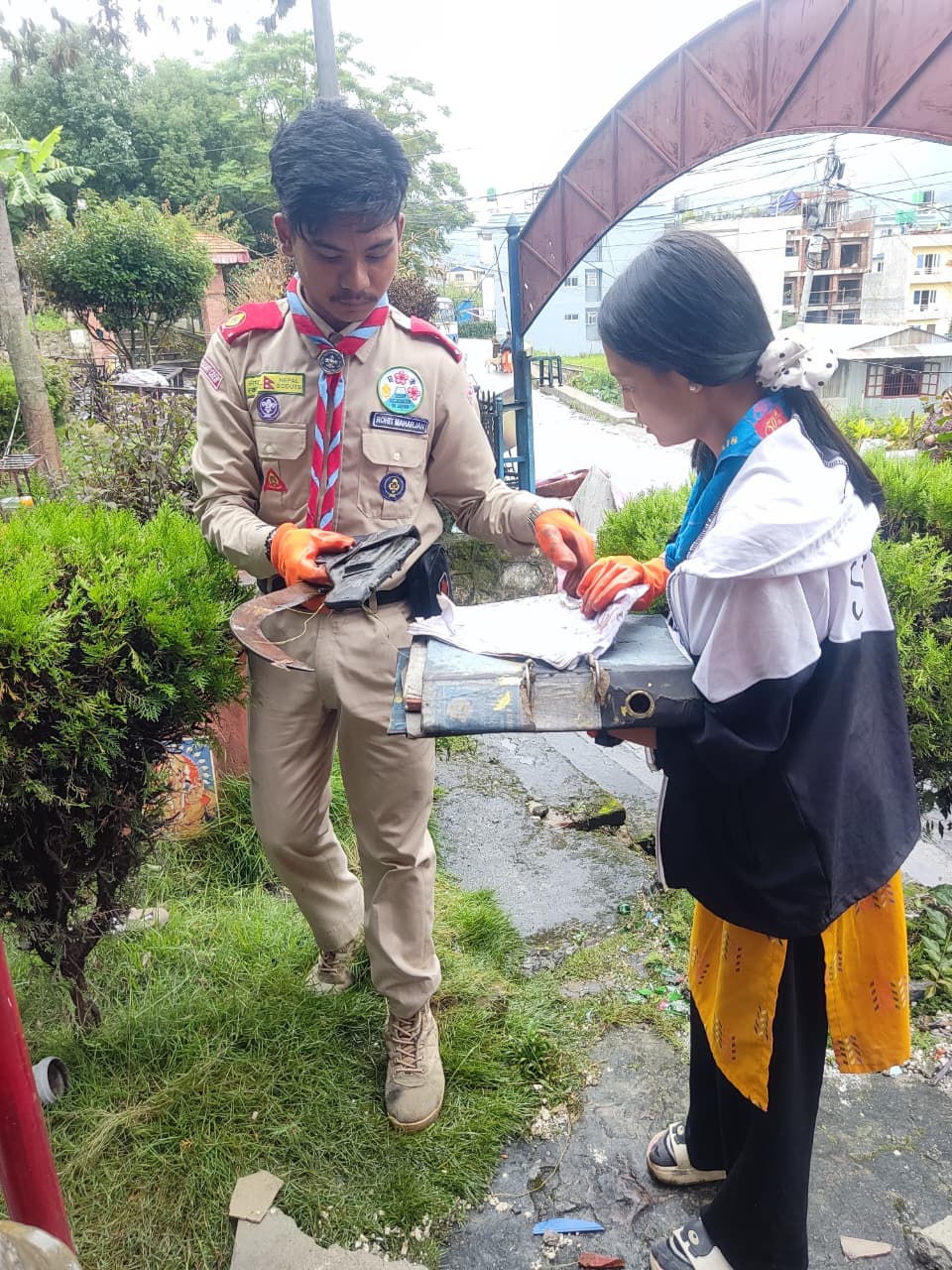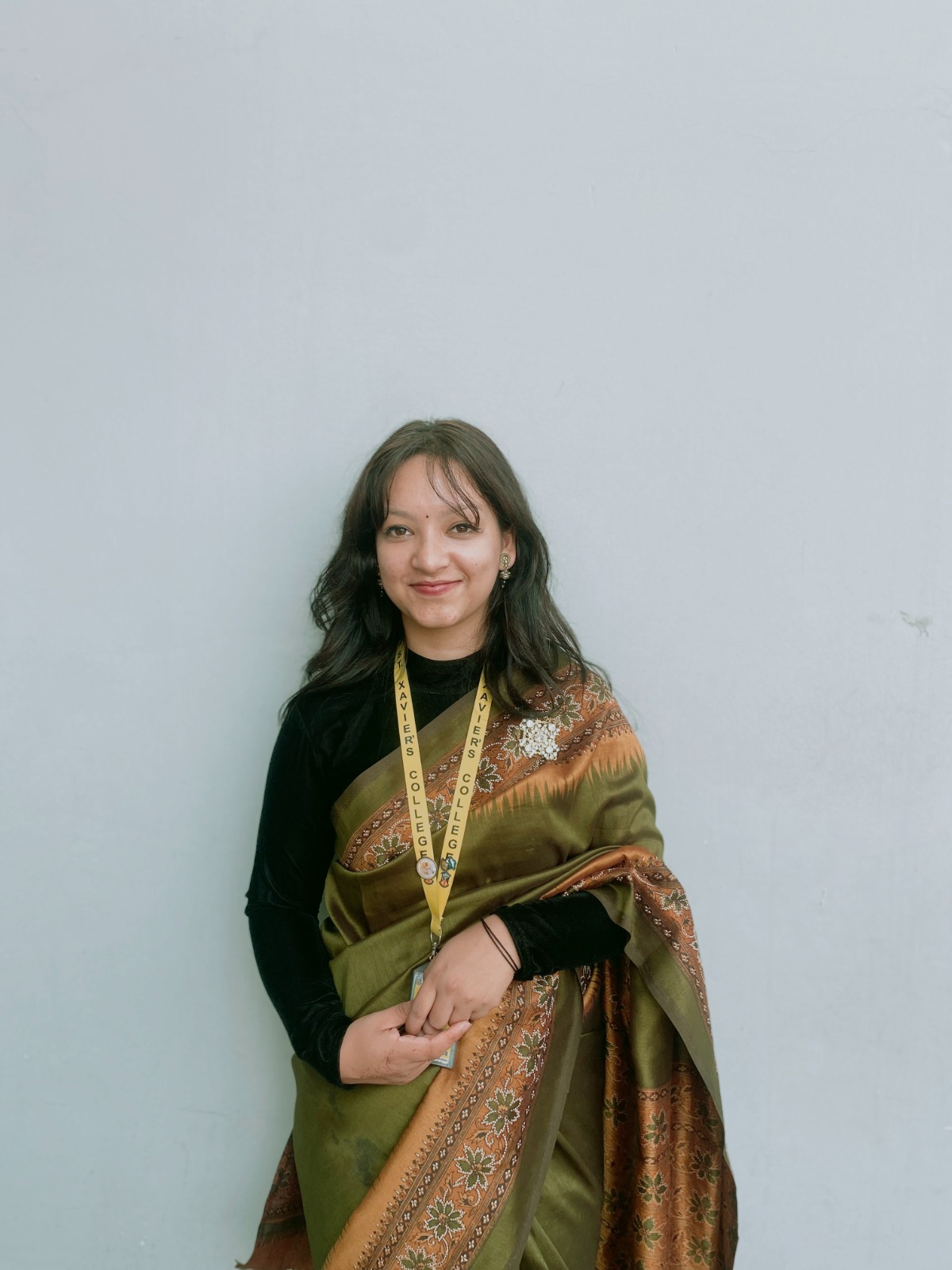Culture & Lifestyle
Grassroots response eases protest impact
From hospitals to police stations, youth clubs, environmentalists, and local volunteers provide food, medical aid, and cleanup support.
Aarya Chand
As unrest continues across Nepal, various community groups, from youth clubs and environmentalists to scout crews and non-profit organisations, have stepped in to provide direct support to victims, hospitals, and even police stations affected by the protests. Their efforts reflect an emerging form of grassroots cooperation during widespread disruption.
One of the organisations active is 100’s Group, a non-governmental and not-for-profit organisation that works with marginalised communities. Sujit Chaudhary, a group member, explains how his colleagues and partner organisations, such as Hamro Team Nepal, have been delivering immediate relief.
‘‘Along with the founder of 100’s Group, Bablu Gupta Nepal, our team members have been distributing food, water, medicines and medical kits to the protest victims,” he says. “As soon as we get the information where materials are lacking, we go to the place and help.”
The group’s activities have extended to supporting police officers caught up in the protests. “We’ve been to army headquarters where the police were affected too, and we assisted police officers as well,” Chaudhary adds.
Beyond emergency relief, the organisation has been gathering information on injured people. Since Thursday, members have collected data from hospitals, including Kathmandu Medical College (KMC), Everest Hospital, Civil Hospital, and the Trauma Centre.
Thirty-nine patients have been admitted to KMC, and thirty-five have already been discharged. Chaudhary says the hospital has waived food, bed, and consultation charges but is seeking support from the Kathmandu Metropolitan City to meet the cost of medicines.
At Civil Hospital, nearly 450 victims are receiving treatment, with the organisation providing food and water. “The data is collected to see how we can fund them through 100’s Group even later, like in future,” he says, adding that once a government is in place, the organisation hopes to advocate for victims.
Other groups that normally work in different fields have also become involved. Environmental activist Ashish Lamichhane describes how he and his peers shifted their focus from campaigns on nature protection to immediate relief.
“Before, we used to fight for nature and environmental protection—now, we fight for country protection,” Lamichhane says. He and his friends began sourcing food, water and medical materials from family and contacts inside and outside Nepal.
“We started working for relief because there were many who were protesting but very few helping the injured,” he explains. The group continues supporting those receiving treatment at the Civil Hospital and Trauma Centre, although Lamichhane notes their limited resources. “We are not an organisation but a group of people. Slowly, our finances are decreasing. From now on, more help is needed.”
Likewise, in Lalitpur, scout crews have stepped in to support recovery efforts by cleaning up damaged institutions after recent protests. Rohit Maharjan, from the Model Rover Ranger crew, mobilised scouts living in the Mahalaxmi municipality to join the operation.

The group began at the police station in Lubhu, where they separated burnt materials into categories. Case files and records that remained intact were salvaged, while damaged gear, such as belts and pads, was collected separately. “Our first priority was to protect any documentation that could still be useful,” Maharjan explains.
They then moved on to the local Red Cross office, clearing shattered glass, rubble and destroyed medical kits, before assisting at the ward office, where much of the debris had already been collected.
The initiative was backed by local group ‘NASA Dhime Khala’, which supplied tools and safety gear. The mayor of Mahalaxmi also visited the sites to thank the volunteers. According to Maharjan, the key documentation was carefully preserved and municipal waste teams ensured proper disposal of unusable materials.
Youth clubs have also taken on a role in stabilising local areas. Members of the ‘Pragati Youth Club’ in Lalitpur stepped in to support the local police station in the aftermath of the protests.
Following a night of phone calls warning of kidnappings and arson, the club prioritised ensuring the safety of the local station. “In the morning, five to six of our members gathered at the station, where we were joined and supported by residents,” explains member Umesh Thapa.
The police team told residents they were ready to continue their duty but lacked necessities such as food, accommodation and water. They requested essential supplies, which the club and community members helped to provide. Bidushi Aryal, another member, says “the youth club helped the police station to revive,” with additional assistance from residents to clean the surrounding areas.
Local entrepreneurs are also providing practical support through meals for those affected by the unrest. Sovan Bir Malakar, founder of Trisara, shares that his team is providing lunch for army personnel and volunteers working long hours on relief efforts.
In a similar initiative, actress Shikshya Sangroula, in collaboration with Antim Chhetri, founder of Bagaan Retreat, is distributing 200 free meal packs in the New Baneshwar area. The packages include rice, lentils, and vegetables and are intended to support patients, caregivers, and hospital staff.
Although the groups differ in background, from organised NGOs to informal teams of environmentalists, their initiatives share common features: immediate action, reliance on local resources, and cooperation across community lines. Some efforts focus on hospitals and medical relief, others on salvaging damaged property, while some work directly with police stations to ensure continuity of basic services.
At a time when official institutions face pressure, these community-driven responses highlight how local groups are stepping in to fill gaps in support. Their work is neither coordinated under a single body nor aimed at publicity, but rather emerges from residents' sense of responsibility to the community.
As Lamichhane reflects, their focus has shifted with circumstances—from collecting hospital data to cleaning debris to providing water to injured protestors—representing a collective attempt to manage the crisis together.




 16.35°C Kathmandu
16.35°C Kathmandu















